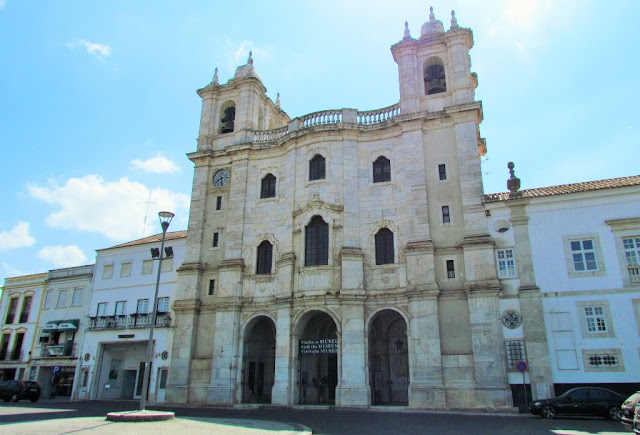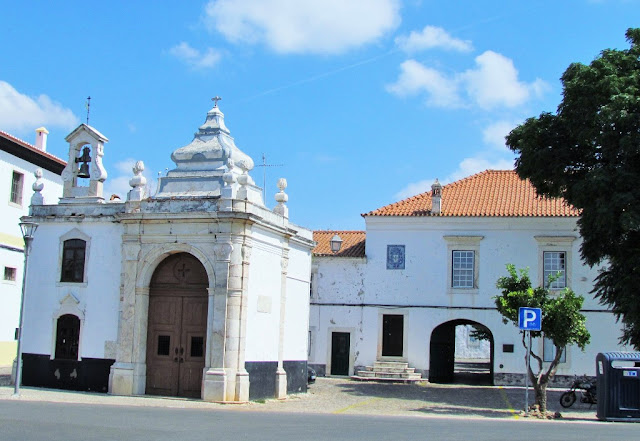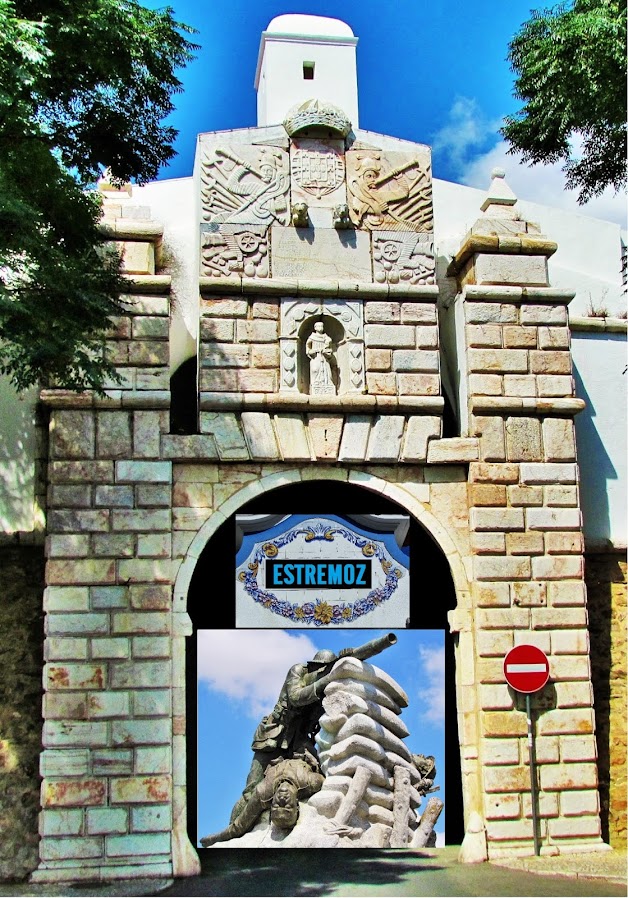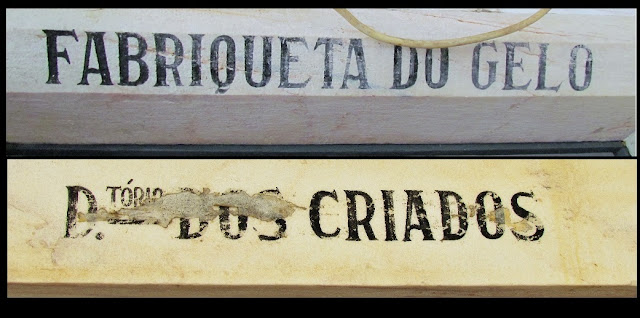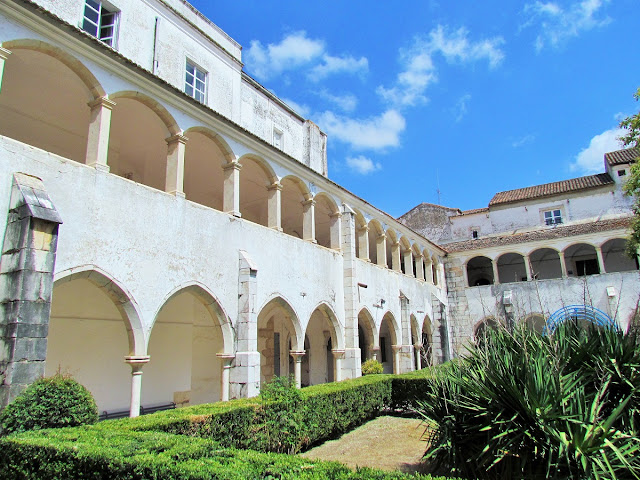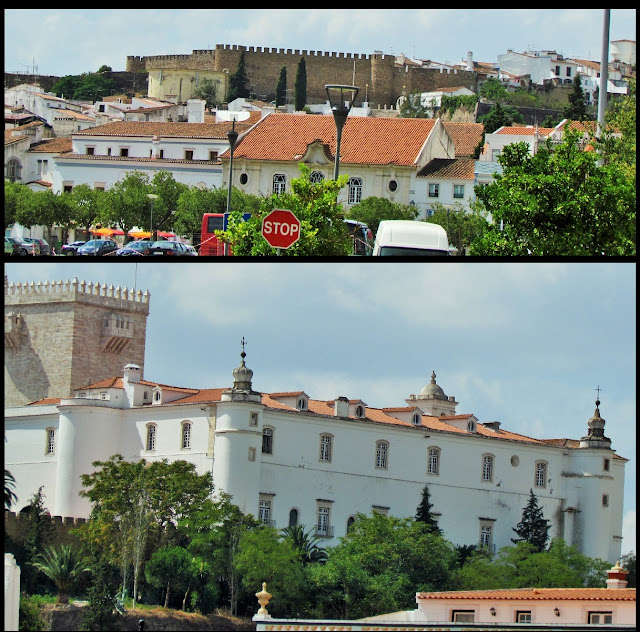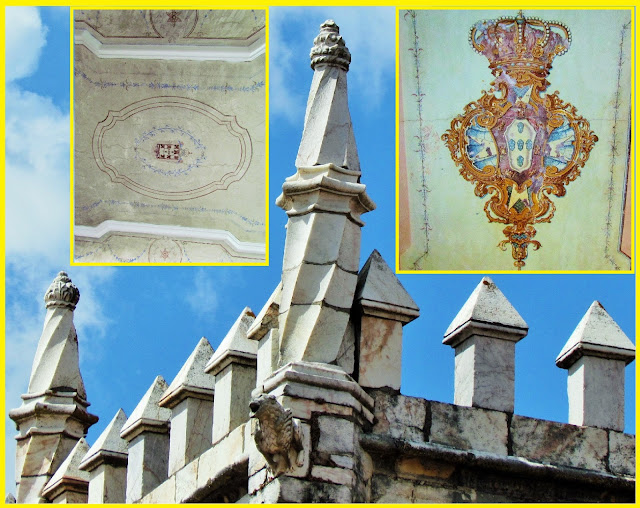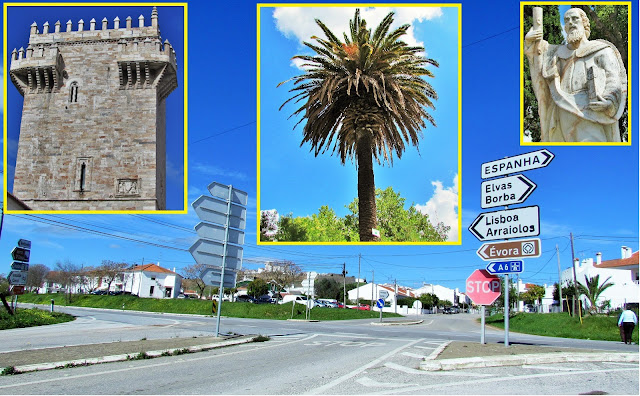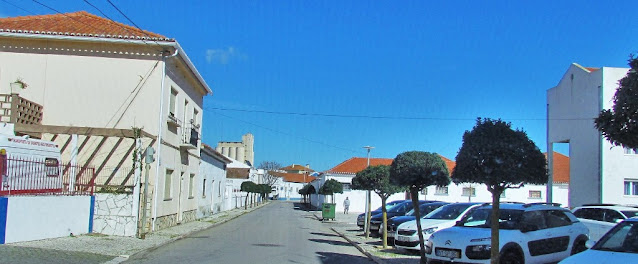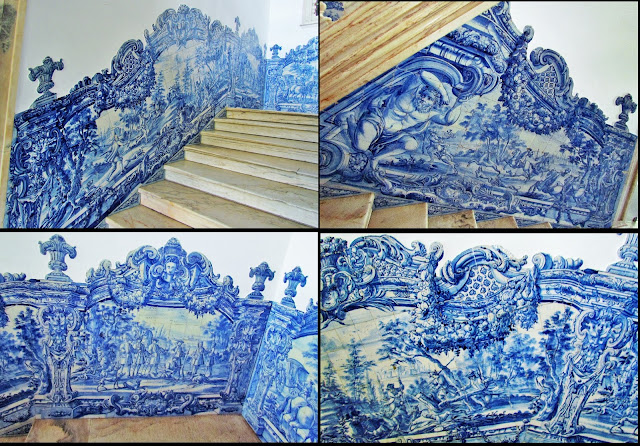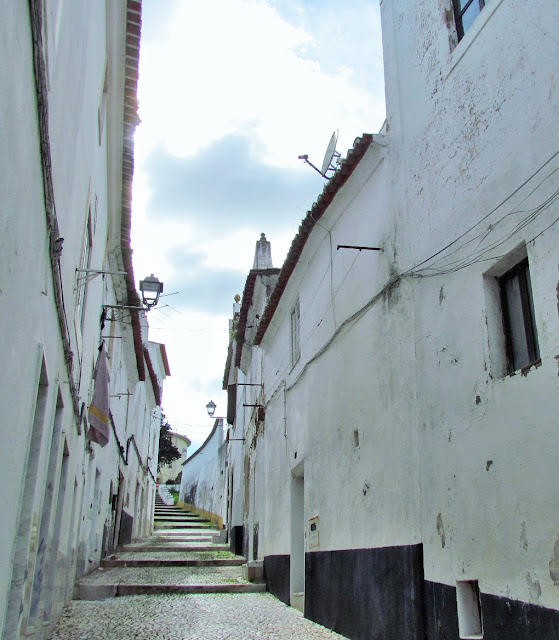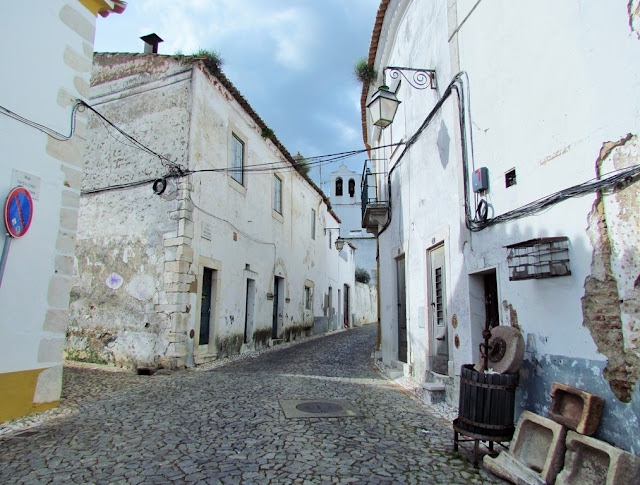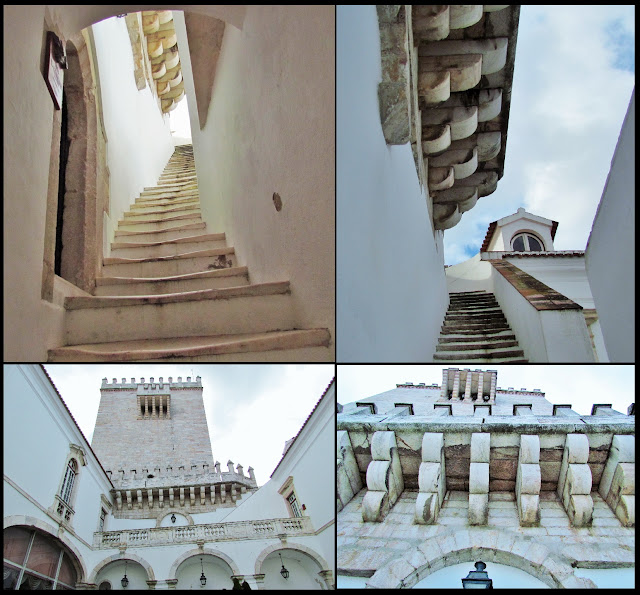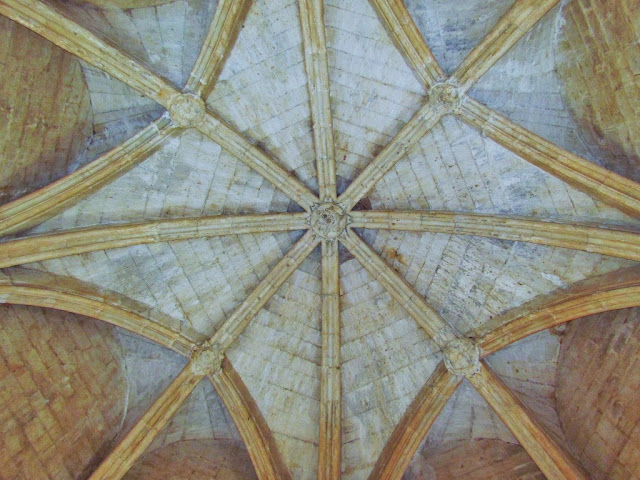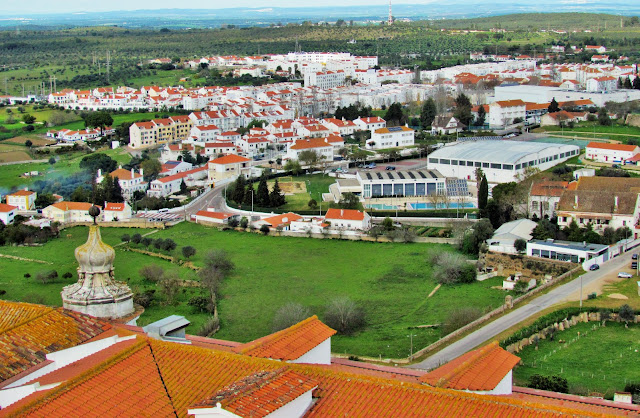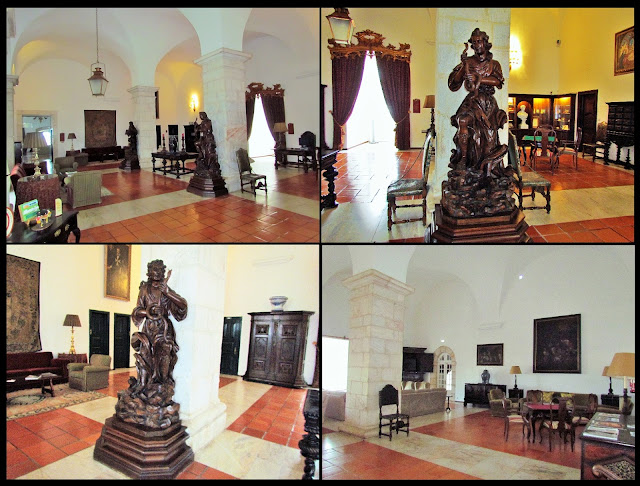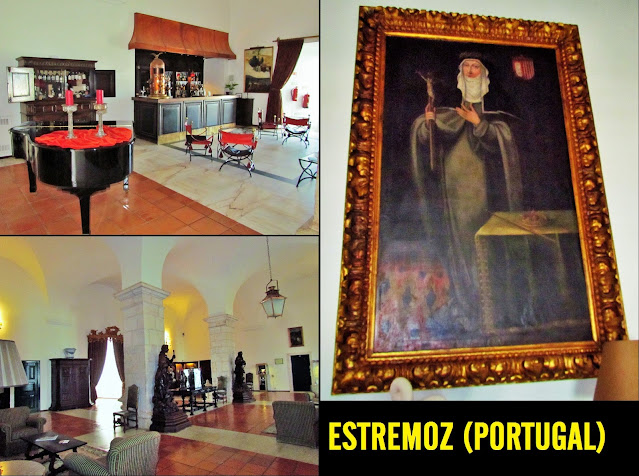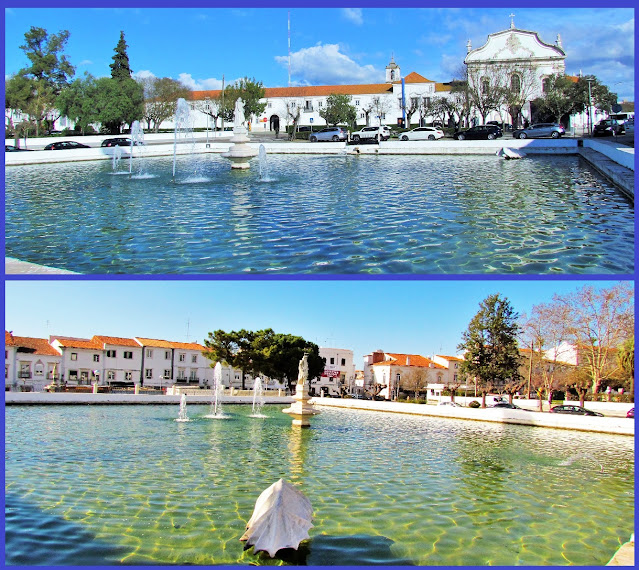ESTREMOZ
N 38.84428º; W 7.58218º
It is the seat of a municipality with 513.80 km² in area and 14,318 inhabitants (2011), subdivided into nine parishes. The municipality is limited to the north by the municipalities of Sousel and Fronteira, to the northeast by Monforte, to the southeast by Borba, to the south by Redondo, and to the west by Évora and Arraiolos.
The region around Estremoz has been inhabited since prehistoric times. There are also vestiges of Roman, Visigoth, and Muslim occupation.
During the Reconquista, Estremoz was captured in the 12th century by the army of knight Geraldo Sem Pavor (Gerald the Fearless), who had also conquered neighboring Évora. However, Estremoz was soon retaken by the Moors, and only in the mid-13th century was it reconquered by the Portuguese King Sancho II.
An important strategic site between the Kingdoms of Portugal and Castile, Estremoz received a charter (fuero) in 1258 from Afonso III after the Moors were driven out a second time, which promoted Christian colonization in the area. King Dinis rebuilt the castle as a royal palace, further promoting the area. His widow, Dowager Queen Elizabeth of Portugal, died in Estremoz castle on July 4, 1336, shortly after mediating a peace treaty between her son Alfonso IV of Portugal and grandson Alfonso XI of Castile. Her grandson Pedro I of Portugal died in the Franciscan monastery at Estremoz in 1367. During the 1383–1385 Crisis, Nuno Álvares Pereira established his headquarters in Estremoz, then defeated the Castilian forces at the Battle of Atoleiros.
During the Portuguese Restoration War (1640–1668), Portuguese forces (including from Estremoz) defeated the Castilians in the nearby and decisive Battles of Ameixial (1663) and Montes Claros (1665).
Geography
Administratively, the municipality is divided into 9 civil parishes (freguesias):
Ameixial (Santa Vitória e São Bento); Arcos; Estremoz (Santa Maria e Santo André); Évora Monte (Santa Maria); Glória; São Bento do Cortiço e Santo Estêvão; São Domingos de Ana Loura; São Lourenço de Mamporcão e São Bento de Ana Loura.
ECONOMY
Together with the two other marble towns, Borba and Vila Viçosa, Estremoz is internationally known for its fine to medium marble that occurs in several colors: white, cream, pink, grey, or black and streaks with any combination of these colors. Especially the pink marble (Rosa Aurora and Estremoz Pink) is in high demand.
This marble has been used since Antiquity as a material for sculpture and architecture. The first exports in Roman times were probably for the construction of the Circus Maximus of Emerita Augusta, in modern-day Spain. The Portuguese navigators exported this marble to Africa, India, and Brazil. The marble from this region was used in famed locations such as the Monastery of Jerónimos, the Monastery of Batalha, the Monastery of Alcobaça, and the Tower of Belém.
There is so much marble around Estremoz that it is used everywhere; even the doorsteps, pavements, and cobblestones are made out of marble. This marble is even converted into whitewash for painting the houses.
Portugal is the second-largest exporter of marble in the world, surpassed only by Italy (Carrara marble). About 85% of this marble (over 370,000 tons) is produced around Estremoz.
In the quarries, marble blocks are cut from the rock with a diamond wire saw, a durable steel cable with a series of circular diamond beads. The initial conduit for the wire is made by drilling a horizontal hole and a vertical hole in which the ends meet exactly inside the rock. The wire saw may need a day to cut through the marble. The Estremoz marble has been designated by the International Union of Geological Sciences as a Global Heritage Stone Resource.
XVI CENTURY PRISON.
Customers and visitors can get to know the history of the prison and the architectural integration of the building in the medieval town. The visits also explain the project that transformed the old prison into the current restaurant “A Cadeia Quinhentista” and which is considered an “example of recovery, rehabilitation, and enhancement of a building of historic interest”.
The old prison building was built in the civic center of Estremoz in the 16th century, next to the medieval Town Hall, Mother Church, Royal Palace, and Alcaide's house, in one of the implantation areas of the medieval Santa Maria cemetery. Medieval grave headboards (stelae), which were used as filling material for the masonry walls, were found during the works to adapt the prison to a restaurant.
THE CASTLE OF ESTREMOZ
The Pousada of Estremoz’s sumptuous decor features silks and velvet fabric and many antiques which reflect the building’s historical importance and fascinating past.
Situated in the center of Estremoz Hotel Rainha Santa Isabel has discreet modern conveniences which enhance the castle’s period features. The Pousada has an outdoor swimming pool which is surrounded by the castle’s battlements, an outdoor courtyard, and private gardens from which to enjoy panoramic views over the Alentejan plains.
The Pousada Estremoz is one of the most luxurious in the group and guests cannot fail to be intrigued by its history.
😍😍😍😍😍😍😍😍
😙😙😙😙😙😙
VIEIROS
38° 57' 12" N; 7° 30' 16" W
The current village of Veiros was born from an old Castro, which suffered a brief Roman occupation until the 1st century AD. Several archaeological remains from the period of Romanization have been found and since the 5th century, at least, that Veiros exists as a village. In 1217 it was conquered by D. Afonso II from the Almohads, who were the lords of the Taifa of Badajoz do Algarbe Alandalus, and annexed to the kingdom of Portugal.
💓💓💓💓💓
SEARCH IN ALPHABETICAL ORDER
IN THE DISTRICT OF ÉVORA

Mora;
💓💓💓💓💓
Return to mainland Portugal &
the Azores and Madeira islands




